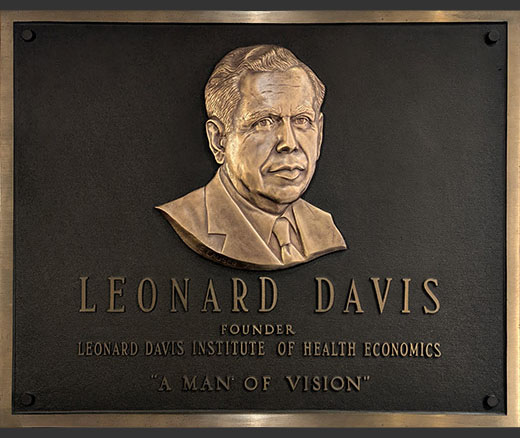
Penn LDI Raises $5.5 Million in Landmark Davis Family Gift Initiative
Includes $1 Million in Donations to Meet a Matching Challenge
Blog Post

Evidence: Cutting SNAP can lead to a lack of food
Evidence: Worsening food insecurity can harm heart health
Evidence: States that made it easier to enroll in SNAP saw county diabetes rates rise more slowly
Evidence: Participation in SNAP led to a population wide reduction of 1–2 percentage points in mortality
For more, read a briefing delivered to U.S. Representative GT Thompson’s staff on the health implications of SNAP.


Includes $1 Million in Donations to Meet a Matching Challenge

Government Regulatory Power Wanes as Power Accrues to Courts and Corporations

Temporary Shutdown Losses are Only the Beginning: New Rules Under the One Big Beautiful Bill Act will Shrink SNAP Benefits, and Worsen Food Insecurity for Millions Across the U.S.
Research Brief: Shorter Stays in Skilled Nursing Facilities and Less Home Health Didn’t Lead to Worse Outcomes, Pointing to Opportunities for Traditional Medicare

A New Call to Action Urges Three Ways State and Local Leaders Can Act To Ban Additives, Improve Food Labels, and Restrict Marketing to Children

New Therapies Inspire Hope, Even as Access and Treatment Risks Continue to Challenge Patients and Providers